“The devil is in the detail, and here the detail is just right” says Mike Yardley after testing the well-priced Browning XS Pro
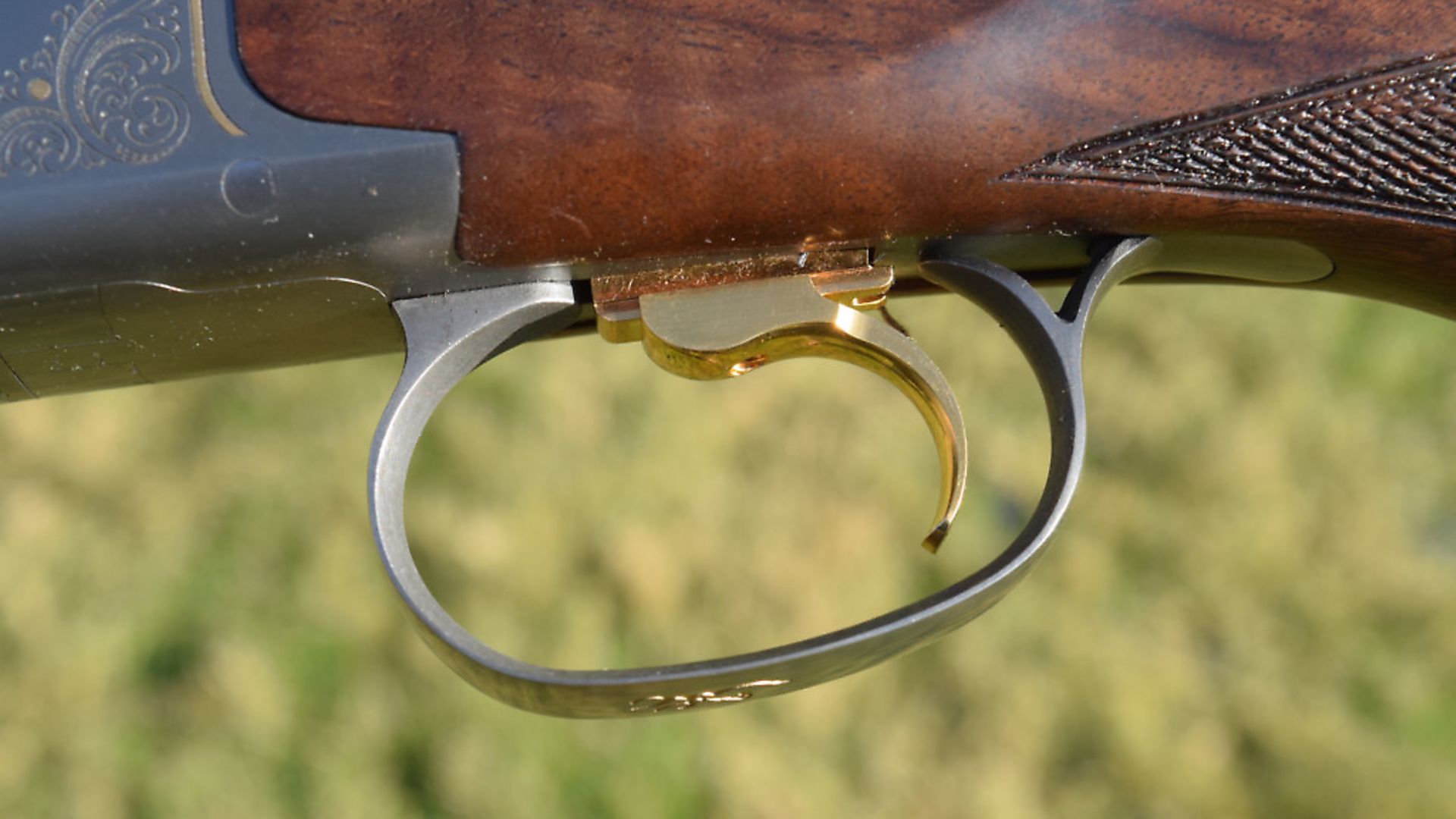 credit: Archant
credit: Archant
WE LIKE: The basic form of the gun; The price to quality ratio; The comprehensive accessory package and adjustable comb
WE DON’T LIKE: Not much at all
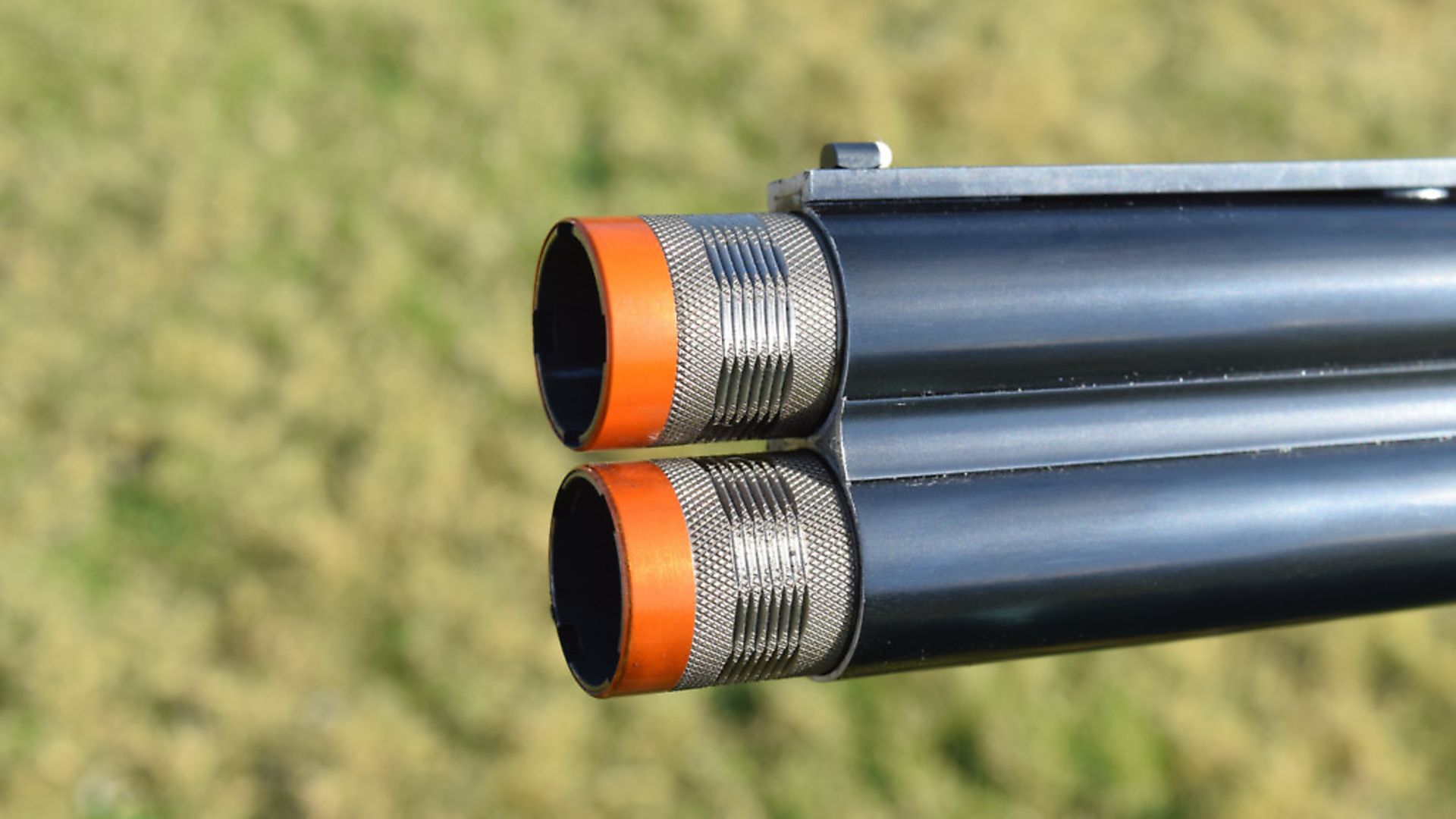 credit: Archant
credit: Archant
TECH SPECS
Make: Browning
Model: XS Pro
Bore: 12
Barrels: 32” (30” option)
Rib: 10-13-9mm taper
Weight: 7 3/4lbs
RRP: £3,645
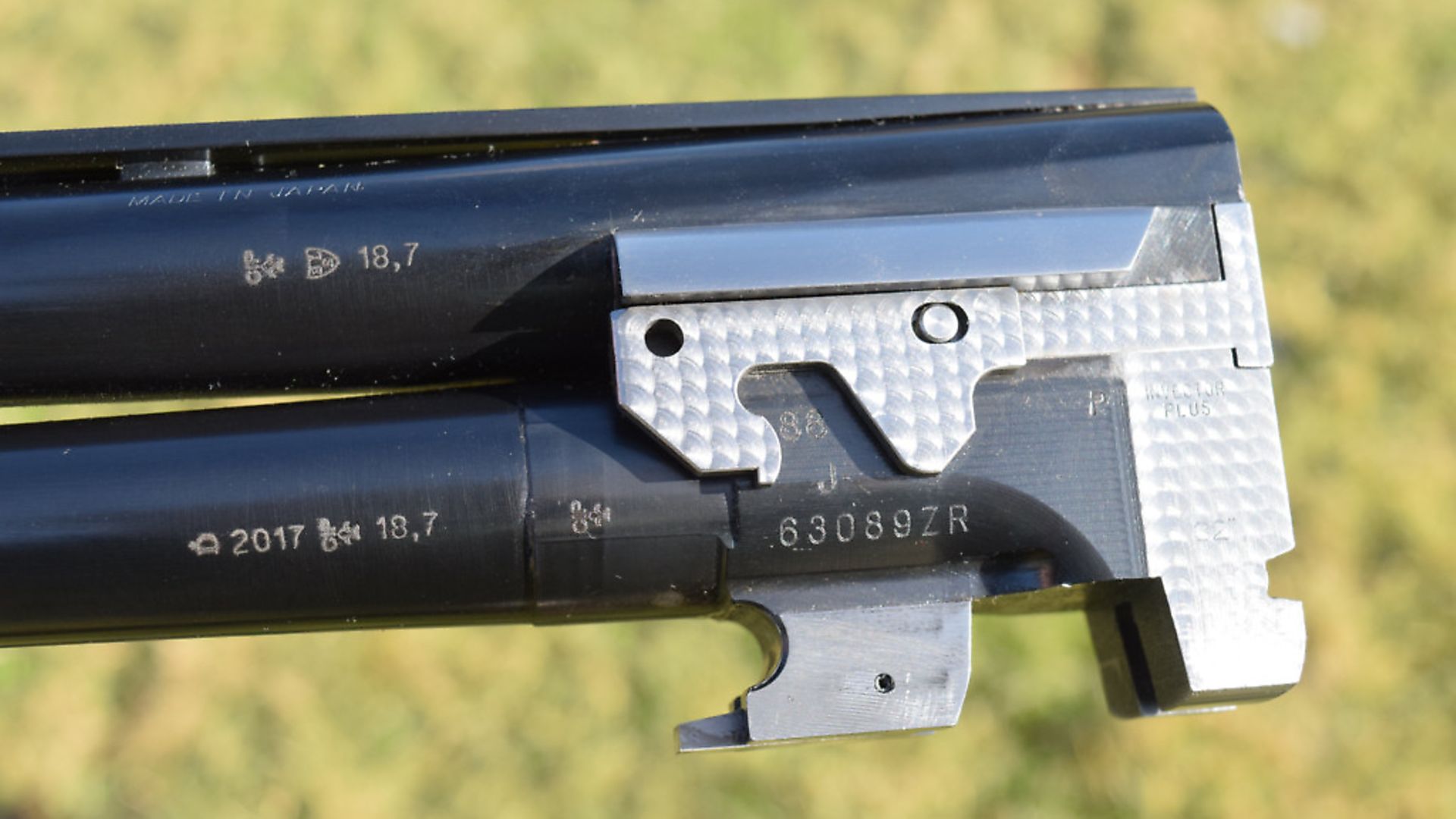 credit: Archant
credit: Archant
IN DEPTH
This month’s test gun is a Browning XS Pro. It was launched at the IWA show last year, proved popular and has now entered the company’s range in full production.
This is typical of the way Browning bring a new gun to the market. They start with a limited run, and if their dealers and customers like it, it goes into full production. It is a system which has served this long-established and successful company well.
You can see why this gun in particular has succeeded. It is, in essence, an upgraded Ultra XS. The XS, itself a development of the older GTIs and similar, has been a bestseller for years. It was available in standard and Prestige versions (some of which are still being sold).
The latest gun might be considered a further upgraded Prestige with improved cosmetics and a comprehensive accessory package. The latter includes no less than eight Briley-made Invector Plus Titanium chokes, three trigger blades, several Inflex high-tech polymer recoil pads, both barrel and stock weights, a VCI gun sock, and a plush velvet lined Negrini travel case. For sufferers of ‘ballistic thrombosis’, it cannot fail to delight!
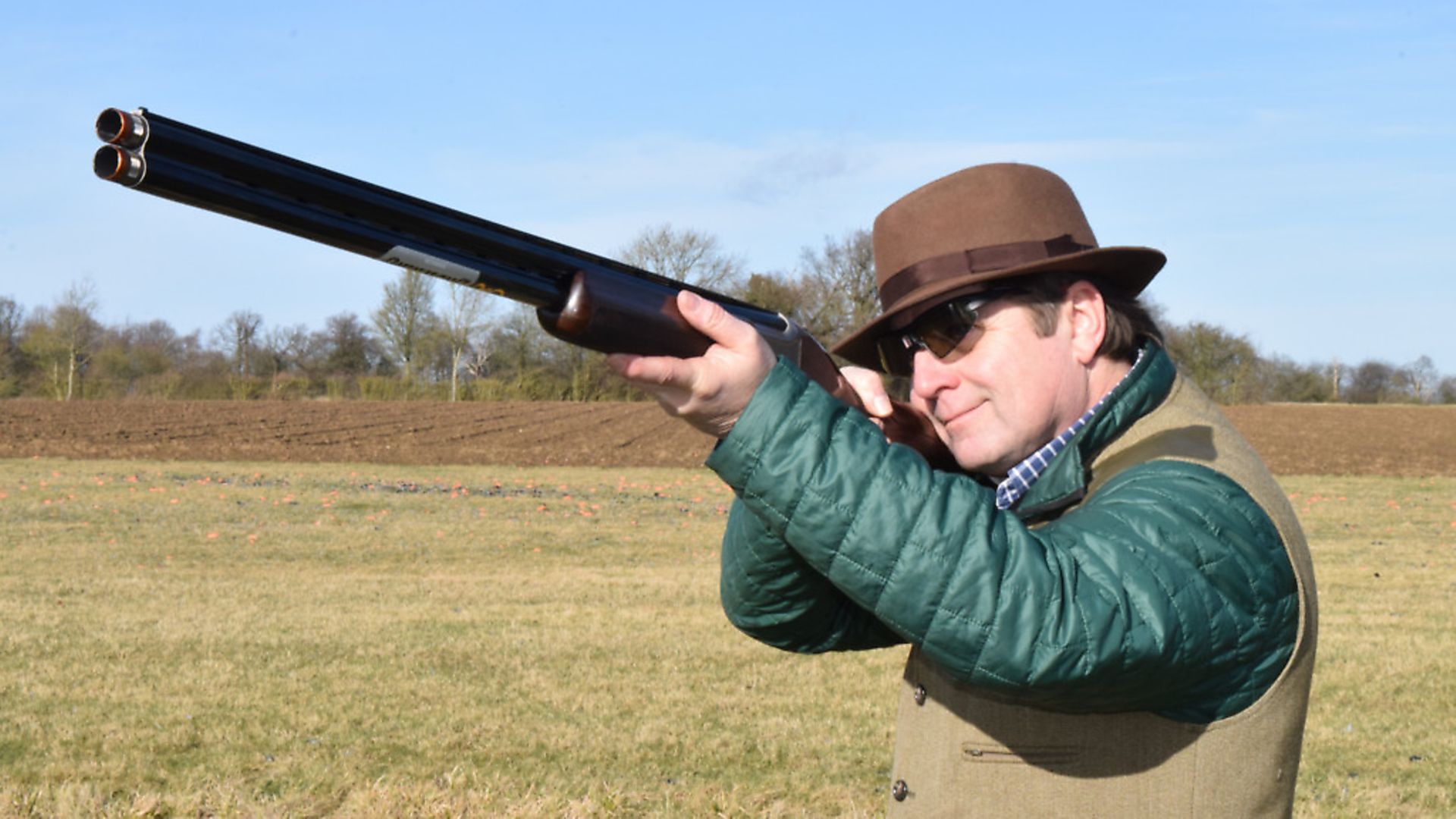 credit: Archant
credit: Archant
The gun itself has an adjustable stock (which was really well figured and nicely oiled on the test specimen) and pleasant, not over-stated or blingy cosmetics. The action has some scroll top left and right on the walls just inside a pleasant, gold-lined border on a smart, greyish, coin-finished action which also has the Browning deer logo upon it. The underside is similar. I liked the engine turning on the monobloc sides as well. Overall, it has a really attractive look for a modern competition gun (and you would get away with it in the field too where the XS might do double service on high birds).
Bringing the gun up brought no unpleasant surprises either. Out of the box it is quite muzzle heavy with its 32” tubes, but this quality could easily be changed with the balancing kit provided. The grip, which has no palm swell, is classic Browning and exceptionally good. The depth is even, and one can really get a proper hold of it. The fore-end, a substantial beaver-tail with a Deeley release lever, fills the hand and offers excellent purchase too. Both grip and fore-end are very nicely laser-chequered and the diamond size was just right – small enough to look good, big enough to be efficient.
In an ideal world, I might have reduced the size of the fore-end a little – but it’s still first class.
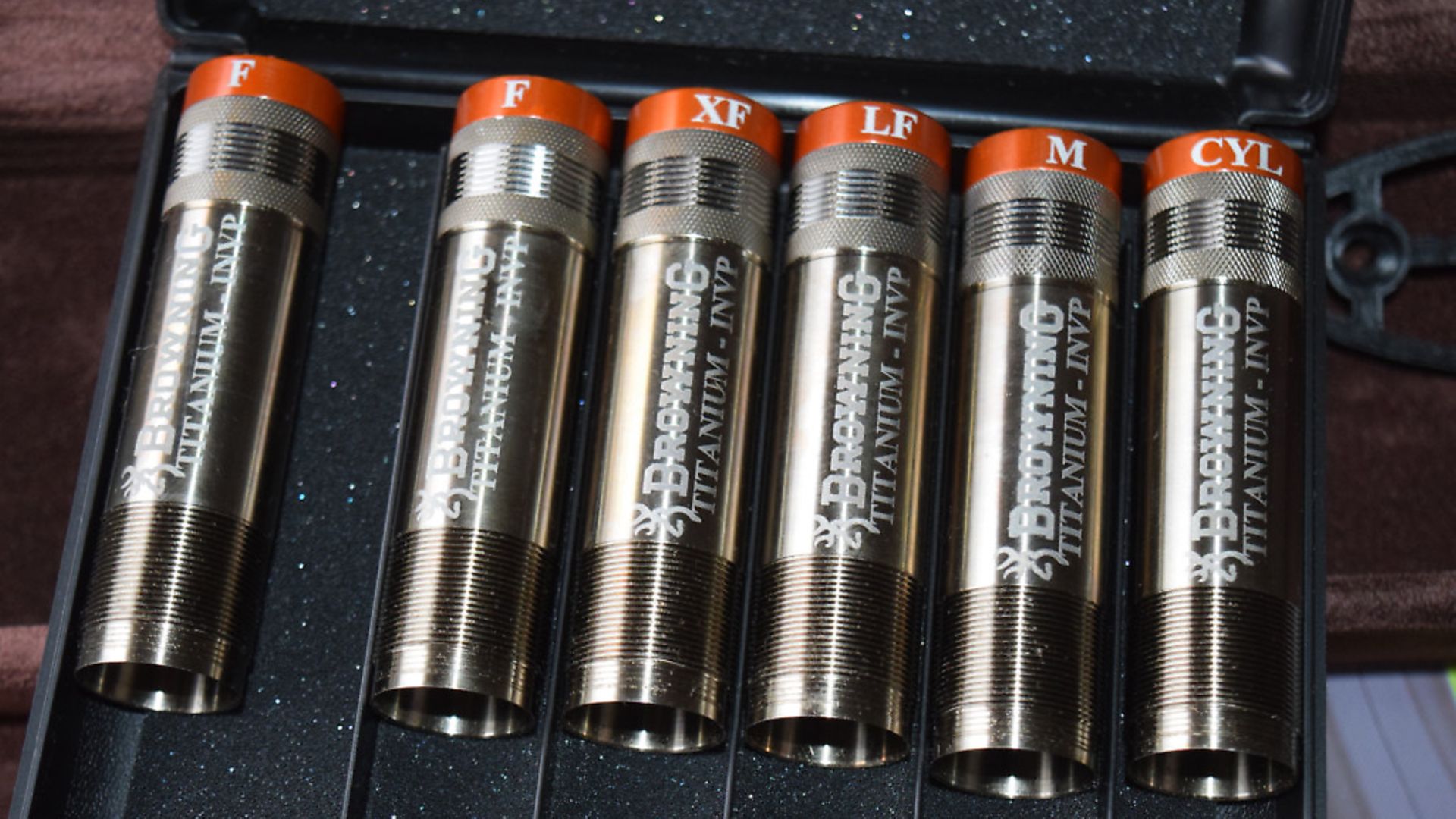 credit: Archant
credit: Archant
THE BARRELS
The barrels of our XS Pro are monobloc, although you would struggle to see any join on the top tube as the joint is so good that any sign of it has effectively been polished out. The lower tube only, visible in this section with fore-end off, makes no attempt to hide the production methodology and there is a neat and very slight ridge where the tube meets the monobloc. Browning continued with chopper/demibloc construction longer than most firms, but this was phased out during the time of the 425 model (some 425s are demibloc, and late guns, monobloc).
I can honestly say that in shooting qualities, I have noted no difference whatsoever. Browning make such an excellent job of putting their barrels together that the method of bringing the tubes together really doesn’t make much difference.
Blacking of the barrels is up to standard too. And the tubes pass muster for straightness. I saw similar ones being made at the Miroku factory in Japan recently and was surprised just how much handwork is still involved in setting them up for brazing, with tubes wired together in a jig and very careful monitoring before and after heat is applied.
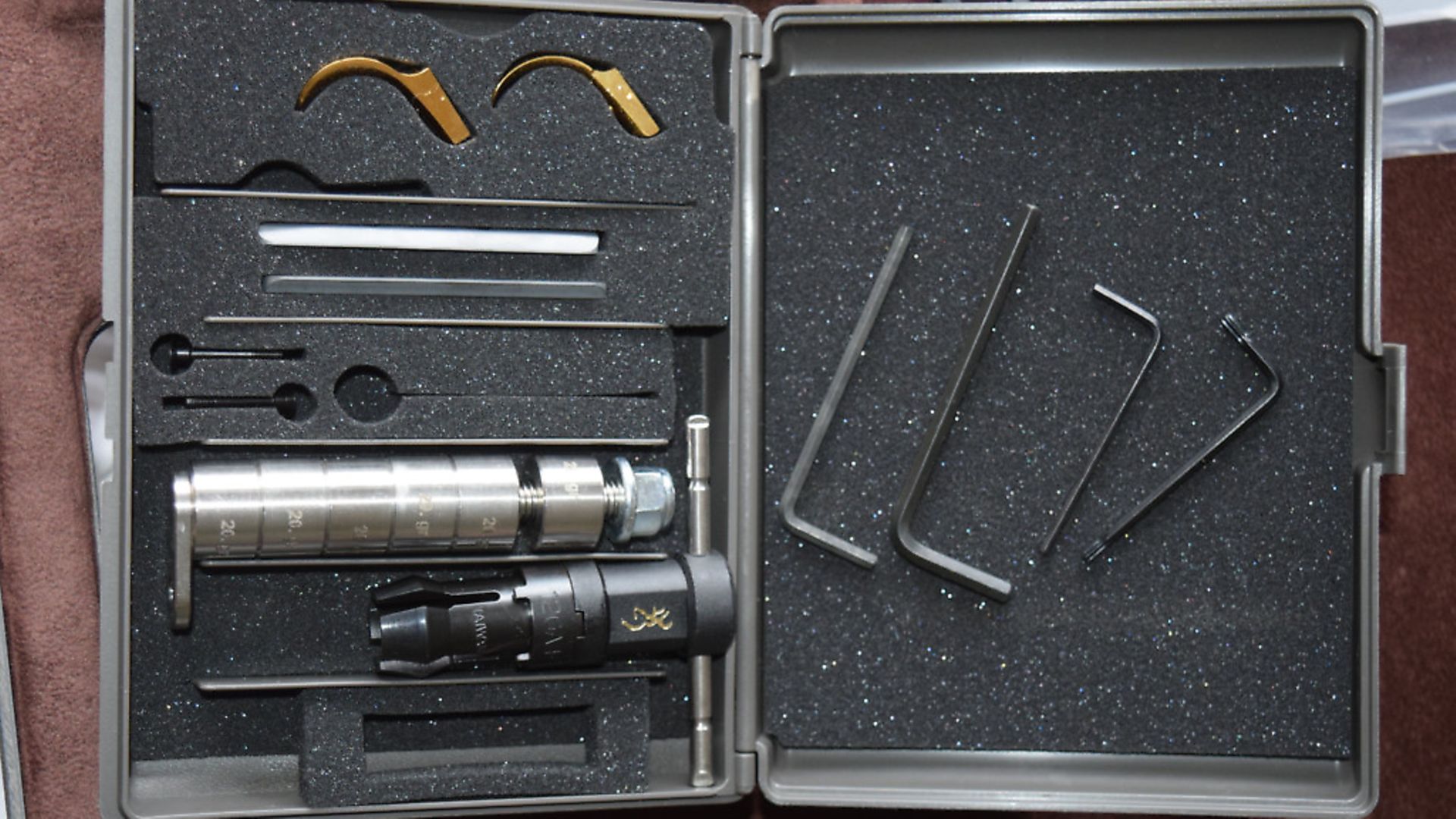 credit: Archant
credit: Archant
Internal barrel presentation is good as well, with nicely machined 3” chambers leading to longer than average and smoothly polished forcing cones.
The XS gun bears Belgian CIP proof marks. Vented side ribs join the tubes (and it is to these the barrel weights may be attached). The sighting rib has a subtle taper, a shallow, machined centre channel, and a mid-bead (white – like the smallish front sight). It is 13mm wide at its widest (about 4” from the standing breech), although there is a slight reverse taper on the monobloc section – starting at about 9mm at the breech and widening to 13mm and then tapering down to 9mm at the muzzles. Forgive the mixing of imperial and metric measurements!
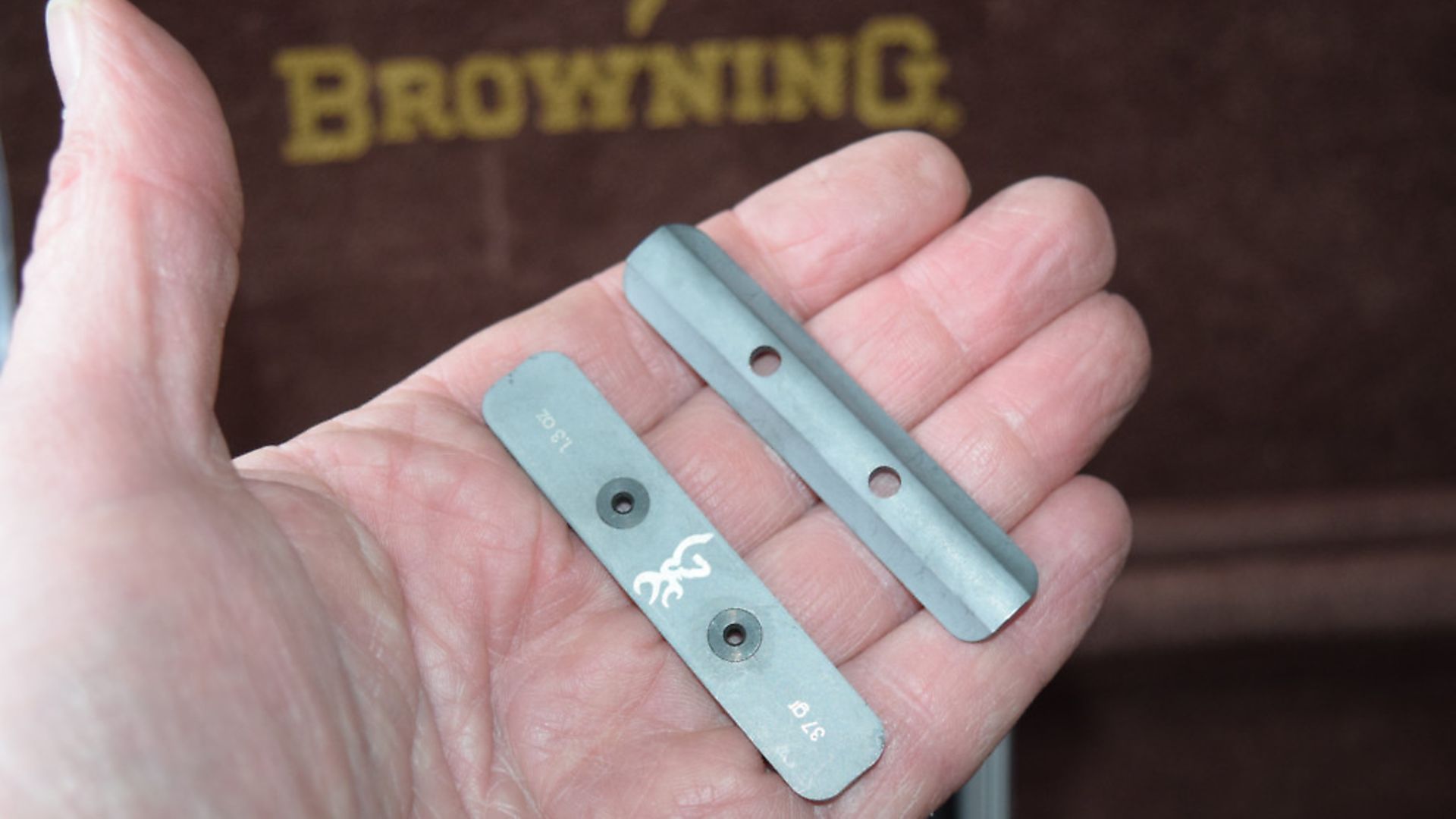 credit: Archant
credit: Archant
TECHNICAL SPECIFICATIONS
The action of the test gun is, of course, the very well proven Japanese modification (and slight simplification) of the famous Superposed/B25 design. Unlike a Beretta, it has a full-width hinge pin and a full-width flat bolt meeting a slotted bite beneath the bottom chamber mouth. The original B25 – the last gun developed by John Moses Browning – has a fore-end that stays attached to the barrels when the gun is routinely disassembled. The Japanese variant as tested here does not – and some, myself included, prefer the simpler and more convenient arrangement. It makes cleaning and reassembly easier in my opinion. The trigger mechanism has gone through some evolution too (both on Belgian-produced B25s and also on the Japanese-made clones). The one on the test gun is recoil-activated though some Brownings retain mechanical triggers.
SHOOTING IMPRESSIONS
This was a steady gun to shoot. It felt solid – the sort of gun that acts predictably and with which one could build a decent score if you did your bit. I did not have time to trick it out to my exact inclination, but shooting it as it came out of the box, and not even bothering to raise the stock, I struggled to miss anything. In its basics, it was well sorted. The 32” tubes made it pointable. 32” is the way to go for anyone who aspires to serious Sporting work once once has acquired a good, consistent, technique. Go to a 32” gun too soon, though, and it can impede your progress. The 30 or 32” decision may also be related to overall gun weight, I liked this gun in 32, but some less expensive multi-choked guns may handle better with 30” barrels. The XS did not recoil excessively, the 7 ¾ pounds was about right, the trigger pulls were fine, and all the ‘Mecanno’ kit stuff would make it fun for a lot of people. I cannot imagine this model being evolved much more, but it is a significantly better gun than the GTI’s I used to use myself back in the day. The devil is in the detail, and here the detail is just right. If I was buying, I would also be looking at the Browning 725 Pro Sport, another excellent gun which has the advantage of a lower action profile and the innovative DS chokes. This gun has it’s own character though and is exceptionally well presented.
My thanks to Lyalvale Express for supplying the HV cartridges used in this test